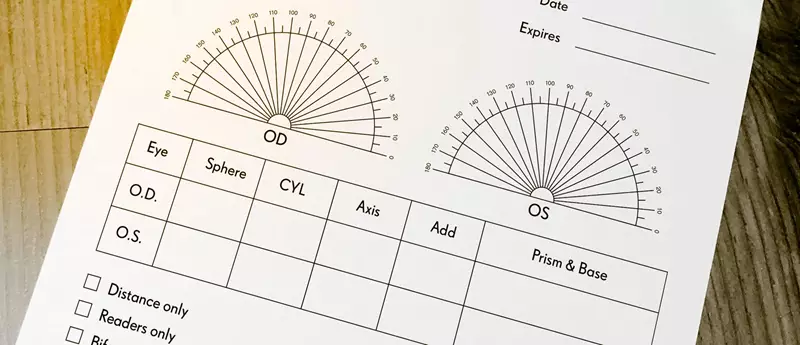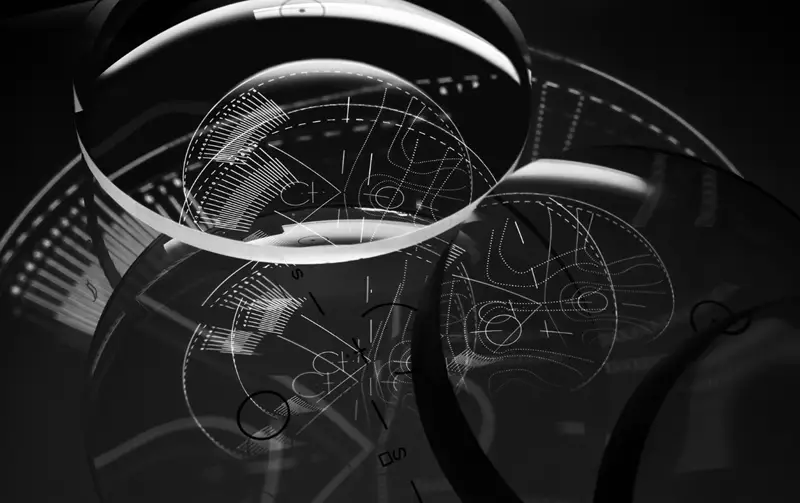Perfect vision by precision
In Japanese, Seiko means precision. And this is what we are committed to. From the smallest detail to the most groundbreaking processes. Seiko offers top-of-the-line lenses, tailored to your personal lifestyle and visual needs. Perfectly adjusted to any purpose, setting and occasion, you can experience edge-to-edge clarity no matter what.




